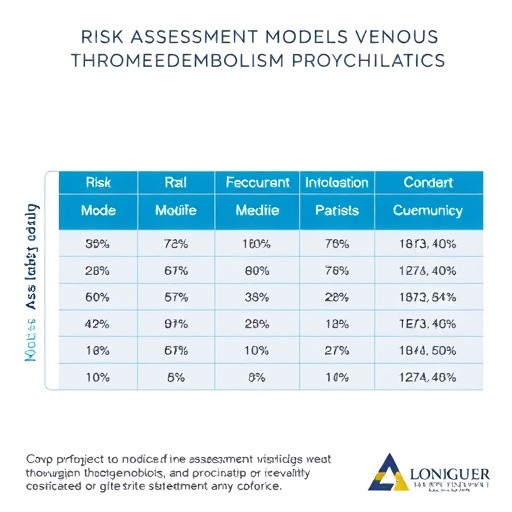An analysis of 28 commercial physician-rating websites finds that search mechanisms are cumbersome, and reviews scarce, according to a study appearing in the February 21 issue of JAMA.
Patients are increasingly seeking information about physicians online. Nearly 60 percent report that online reviews are important when choosing a physician. Because publicly reported quality data are not reported at the physician level, patients must consult physician-rating websites to find such reviews. Tara Lagu, M.D., M.P.H., of Baystate Medical Center, Springfield, Mass., and colleagues identified 28 physician-rating websites that met criteria for inclusion in the study. The researchers then used publicly available lists of registered and active physicians to identify a random sample of 600 physicians from three metropolitan areas (Boston, Portland, Ore.; and Dallas) and searched each website for reviews and calculated average and median number of reviews per physician per site.
The authors found that few sites allowed the user to search by clinical condition, sex of physician, hospital affiliation, languages spoken, or insurance accepted. Across the 28 websites, there were 8,133 quantitative reviews for the 600 physicians. Among physicians with at least one review on any site, the median number was 7 reviews per physician across all sites. One-third of sampled physicians did not have a review on any site.
The researchers write that despite certain study limitations, "these results demonstrate that it is difficult for a prospective patient to find (for any given physician on any commercial physician-rating website) a quantity of reviews that would accurately relay the experience of care with that physician."
"Methods that use systematic data collection (e.g., surveys) may have a greater chance of amassing a sufficient quantity and quality of reviews to allow patients to make inferences about patient experience of care."
###
(doi:10.1001/jama.2016.18553; the study is available pre-embargo at the For the Media website)
Editor's Note: This work is supported by grants from the National Heart, Lung, and Blood Institute and from the National Institute of Child Health and Development of the National Institutes of Health. Please see the article for additional information, including other authors, author contributions and affiliations, financial disclosures, etc.
To place an electronic embedded link to this study in your story This link will be live at the embargo time: http://jamanetwork.com/journals/jama/fullarticle/10.1001/jama.2016.18553
Media Contact
Brendan Monahan
[email protected]
@JAMA_current
http://www.jamamedia.org
############
Story Source: Materials provided by Scienmag




